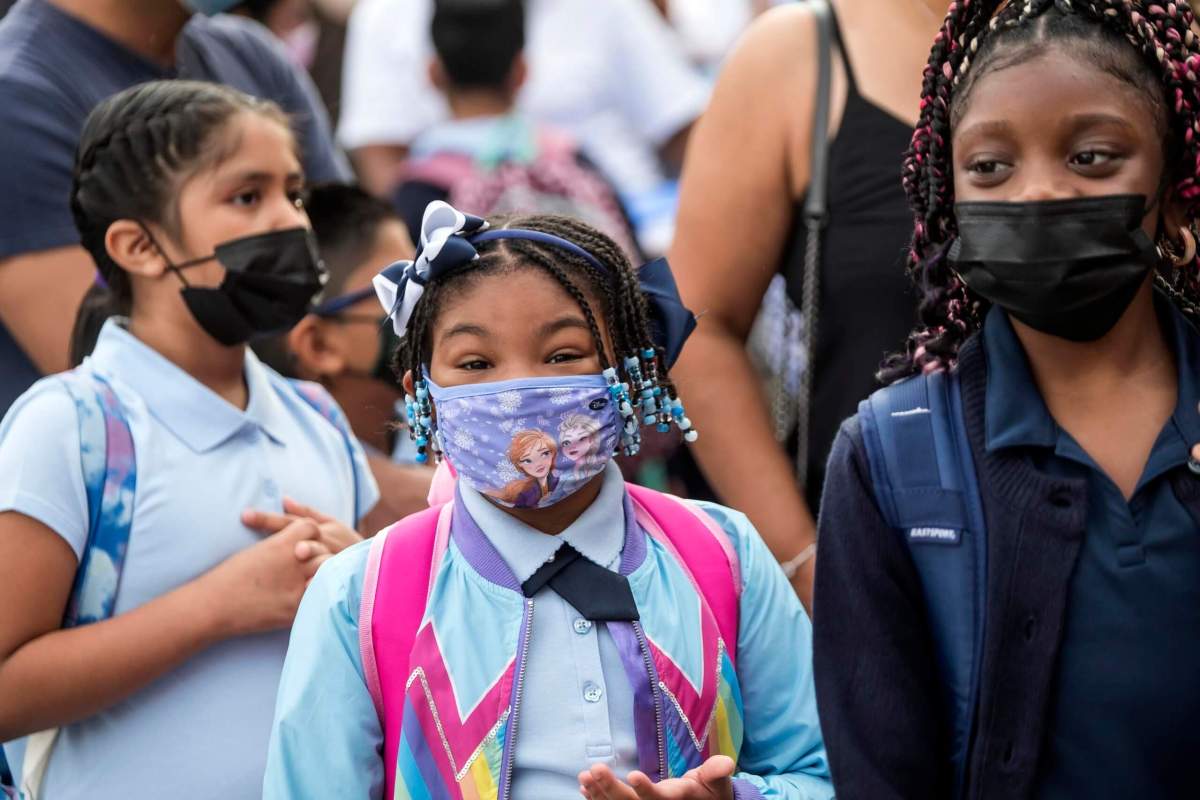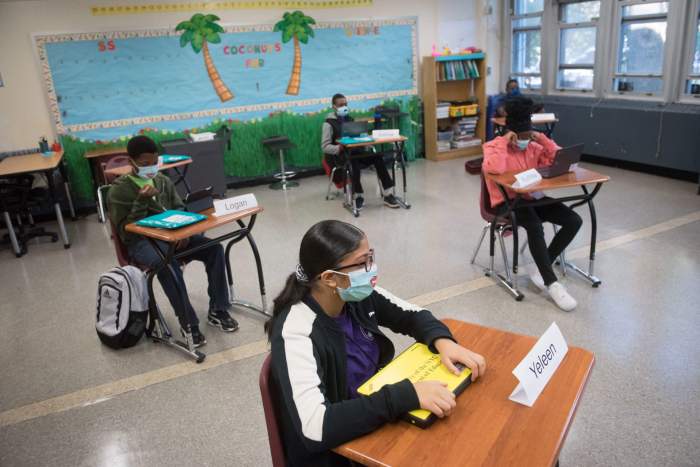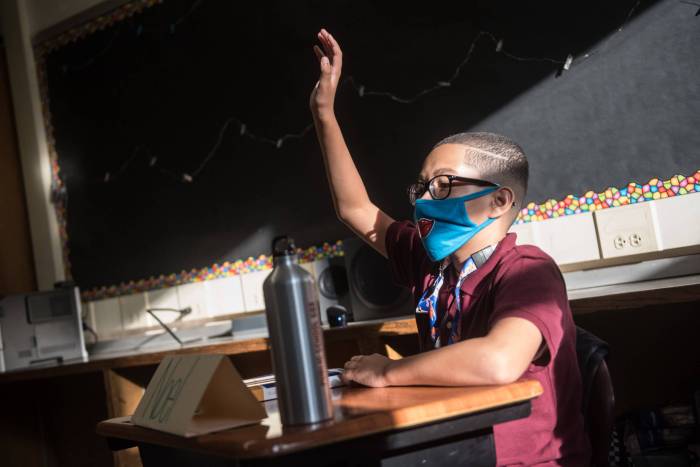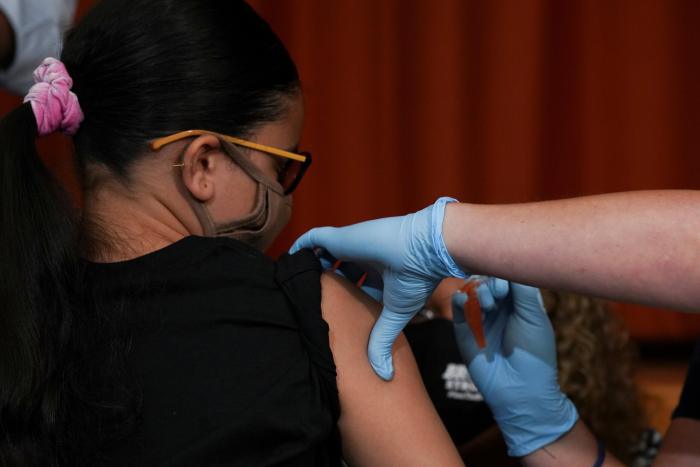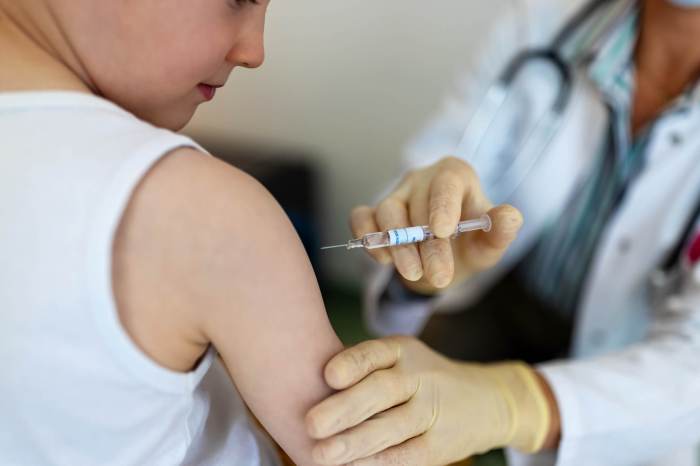Two New York state senators introduced a bill last week that could potentially force schools to offer a remote option this fall.
The bill, sponsored by Queens state Senator John Liu and Manhattan state Senator Robert Jackson, proposes requiring any public school located in a city with at least one million people to offer a remote option to students if the Centers for Disease Control and Prevention considers the COVID-19 transmission rate of the surrounding county ¨substantial¨ or ¨high level.¨
One of the ways the CDC categorizes the level of community transmission of COVID-19 in an area is by determining the number of positive cases of the virus per 100,000 residents. If a county has 100 or more positive COVID cases per 100,000 inhabitants, it is considered a red zone or an area of high transmission. According to current data from the CDC, every county in New York City is a red zone.
Throughout the summer, parents worried about COVID-19´s more aggressive delta variant called on the City to offer a remote option for public school students. In response to parent calls, lawmakers began to also apply pressure on Mayor Bill de Blasio to offer students the choice to take their classes this fall online.
In August, Senator Jackson urged the New York City Department of Education to follow the suggestion of Brooklyn City Councilmember, and education committee chair, Mark Tregyer and implement a centralized remote option for students still uncomfortable with the idea of taking classes in person.
Liu joined a later chorus of Queens lawmakers urging the city to offer remote as families in the borough continued to express fear over sending their children into crowded classrooms where social distancing was not guaranteed.
Parents are calling for a remote option for school and it’s time @NYCSchools provided one. Many families don’t feel safe sending their kids to physical school right now. The stubborn lack of receptiveness to legitimate safety concerns raises questions about mayoral control.
— John C. Liu (@LiuNewYork) September 2, 2021
Medically fragile public school students will be allowed to take their classes online or have a tutor visit them at home this fall. But de Blasio ignored calls for a centralized remote option adamant that after 18 months of disrupted learning the best thing for students was to force them back into school.
Last Monday, Sept. 13, thousands of public school students returned to physical classrooms with all of their classmates and teachers for the first time in a year and a half. And while the return marked a pandemic milestone, COVID proved it would still cause disruptions this year. A little over a week into the school year, the virus has caused 1,003 full and partial classroom closures and forced one Manhattan school, P.S. 79 in East Harlem, to shutter its doors for 10 days. Prior to P.S. 79´s closure on Monday, school staff worked to provide the over 250 special needs students with a device to log onto the Google classroom, according to the DOE.
The numerous closures during the first week of classes validated the concerns of thousands of parents, Senator Liu said in a statement. ¨Given that the virus is not under control and that most kids are still not vaccinated, it was irresponsible of City Hall and the DOE to not have a remote learning option in place,¨ the senator said. ¨We are now compelled to proceed with legislative remedies.¨
In response to the hundreds of closures, de Blasio and Schools Chancellor Meisha Ross Porter announced 10% of all unvaccinated students and school staff would need to undergo testing for the virus once a week beginning later this month. In addition, the mayor dropped an earlier requirement that all unvaccinated students quarantine after a positive case of the virus was detected in their classroom.
Now, unvaccinated public school students will not need to quarantine at home for 10 days after a classmate tests positive for the virus as long as they wore a mask and stayed three feet apart for the COVID positive colleague.
Although the bump in testing pleased many parents across the city the dramatic shift in quarantining policy has some parents concerned, particularly those who wanted the City to offer a remote option.
¨The most recent guidance sent by the chancellor and the mayor surrounding the weakening of quarantining protocols as a response to the first school closure instead of increasing safety measures reaffirms my belief that this administration is is willing to actively infect our families,¨ said Paullette Healy, a member of the citywide council for special education.



